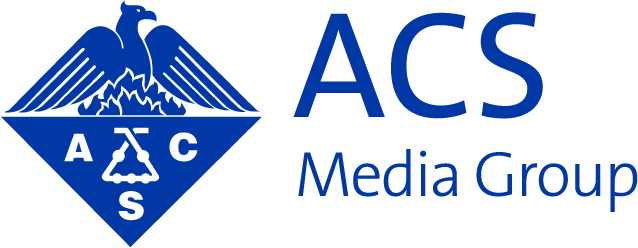Quizzes have an edge over other content types: They’re fun! Science audiences are particularly attracted to and engaged by gamified content like quizzes. Scientists love to challenge themselves—and sometimes a colleague. Quizzes appeal to that human instinct.
How to leverage science quizzes for greater engagement
By tapping into that inherent curiosity, marketers who leverage quizzes are rewarded with deeper interaction with their subject matter at every stage of the funnel. However, quizzes on their own do not drive conversions. Here’s how to integrate quizzes into your strategy so you can capitalize on the attention they bring.
1. Make sure your content works in a quiz format.
The biggest misstep our experts identified is using content that isn’t a good match for quizzes. Not every topic or campaign is right for the format, and trying to force it can lead to awkwardly worded questions and a flow that doesn’t make sense.

Matching the content you have to a quiz experience that is easy to execute and engaging can be difficult. Easy to execute and engaging are two different things, and you have to think about them both.
To ensure your content works well for quizzes, establish your goals for the quiz—including outcomes and messaging—before you kick off content creation. Articulating why quizzes are the best option to achieve your goal can help you avoid this pitfall.
“People like to take quizzes because they’re entertaining, but be sure to think about how the quizzes would get your message across,” says Vanessa Cheng, Partnerships Manager at Ceros, a design software company currently partnering with BrandLab on a quiz development project. “What is the one thing you want your audience to walk away with? Are quizzes the right thing for that?”
Learn more about how to create “edutaining” content that mixes learning with fun.
2. Keep it simple.
Regardless of your strategic goal, the tactical goal for every quiz is for the user to make it to the end. You can design your quiz with that in mind by keeping your quizzes simple and short. Cheng recommends eight to ten questions as the sweet spot.
The questions don’t have to be easy—it would be boring if they were!—but navigating the quiz should be. Cheng recommends having a status navigation so users know how far along they are in the quiz. “It can be as simple as saying ‘Question 1 out of 5,’ just to show users how far they have to go,” says Cheng.
This simplicity extends to the language used as well. Questions should be conversational, jargon-free, engaging, and relevant to your target audience.
If the questions aren’t valuable, they’re not going to take the quiz, or there’s going to be a drop-off halfway through.”
– Vanessa Cheng, Partnerships Manager at Ceros
3. Market your quiz based on funnel position.
Just as your quiz needs to be designed around your objectives, so does your distribution plan.
“Quizzes that have high-level questions that are used to generate awareness typically sit at the top of the funnel and are marketed through social media or ads on relevant websites,” says Cheng. “Quizzes that have more targeted information about products or services and assist prospects in making purchase decisions belong to a mid to bottom of the funnel. For product-specific quizzes, website placement and paid advertising are especially important.”
As you would with any marketing asset, make sure the content meets your audience at the right level, at the right time. Social media can be an excellent channel for sharing quizzes, but a quiz is unlikely to get organic traction if it’s targeted toward the bottom of the funnel.
4. Leverage the data.
Quizzes can give you better insight into performance than most content types because they have clear markers. You can see which questions have the highest drop-off rate and use that data to fine-tune tone, language, and quiz length.
“Completion rate is the biggest marker,” says Cheng. “The goal is to get the user to get to the end. If the user starts and they don’t get there, you want to go back and optimize the experience.”
The actual data collected by quizzes can also help inform other strategies, from lead gen to content creation. You may learn that your audience has knowledge gaps you can fill with programming or are particularly excited about a particular feature. Quizzes can provide informal customer insight that can drive other marketing and sales initiatives.


















